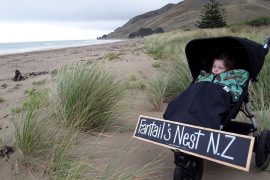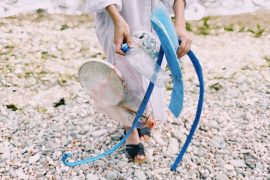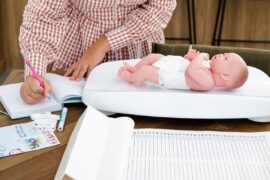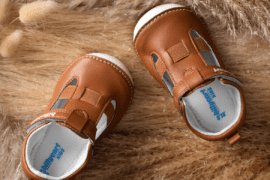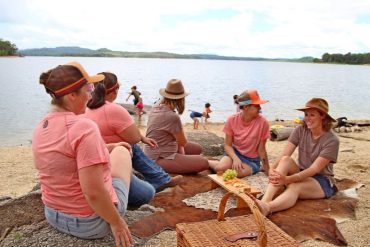3. Plastic
Nearly 18 billion pounds of plastic debris litters the ocean, threatening marine species’ safety and existence. This is a global environmental issue that recycling can solve. To preserve the marine ecosystem and seabird species for your child’s generation, you must teach them about plastic recycling now.
Explore the plastics that your county recycles and fill out a cheat sheet with your children. This can help both you and your little ones understand the importance of sorting and material awareness.
4. Glass
Recycling glass products reduces air pollution by 20% and water pollution by 50%. One can recycle glass indefinitely with no reduction in its quality.
It is essential to reprocess glass to preserve the natural resources used in its original construction.
Many areas no longer accept glass in single-stream bins. To ensure these products are recycled, you and your children can explore glass mail-in programs. Many companies will take back their used containers and will recycle the glass for you. This teaches your little ones about accountability and alternative options.
5. Textiles
It takes 2,700 liters of water to produce one t-shirt and 3,781 liters to craft a pair of jeans. Recycling unused clothing can reduce these immense amounts of water waste.
You can teach kids how one recycles textiles by taking them thrift shopping. Going to the store to swap out old clothes and toys for new ones can display the potential life cycle of goods. They can help reduce water waste and come home with a different toy or article of clothing.
6. Aluminum
Aluminum contributes 3.9 million tons of waste to landfills. It takes this material between 200 to 500 years to decompose, which is an issue for inhabited space. Luckily, aluminum is a simple product to recycle.
You can teach children about the rewards of recycling aluminum by collecting cans around the house and bringing them to collection centres.
Many grocery stores have can returns which give you money for recycling. Allow your little ones to collect this change as a recycling allowance.
7. Concrete
Concrete is the most consumed substance behind water. Unfortunately, one must deplete natural resources while producing concrete. But recycling this building material has become normalised in the field of road construction.
Teach your kids about concrete recycling by watching videos of the process online. You can also walk around your neighbourhood and count all the concrete regions to bring awareness to the volume of natural resource use in society.
Pass On Your Knowledge of Recycling
Caring for the natural environment and using material resources conscientiously is everybody’s business, which makes it a set of skills and knowledge worth passing on. With these actionable suggestions, the little ones in your family can take on their own sense of environmental stewardship and help protect the planet for posterity.
Jane is the founder and editor-in-chief of Environment.co where she shares practical tips on how to live a greener life.

